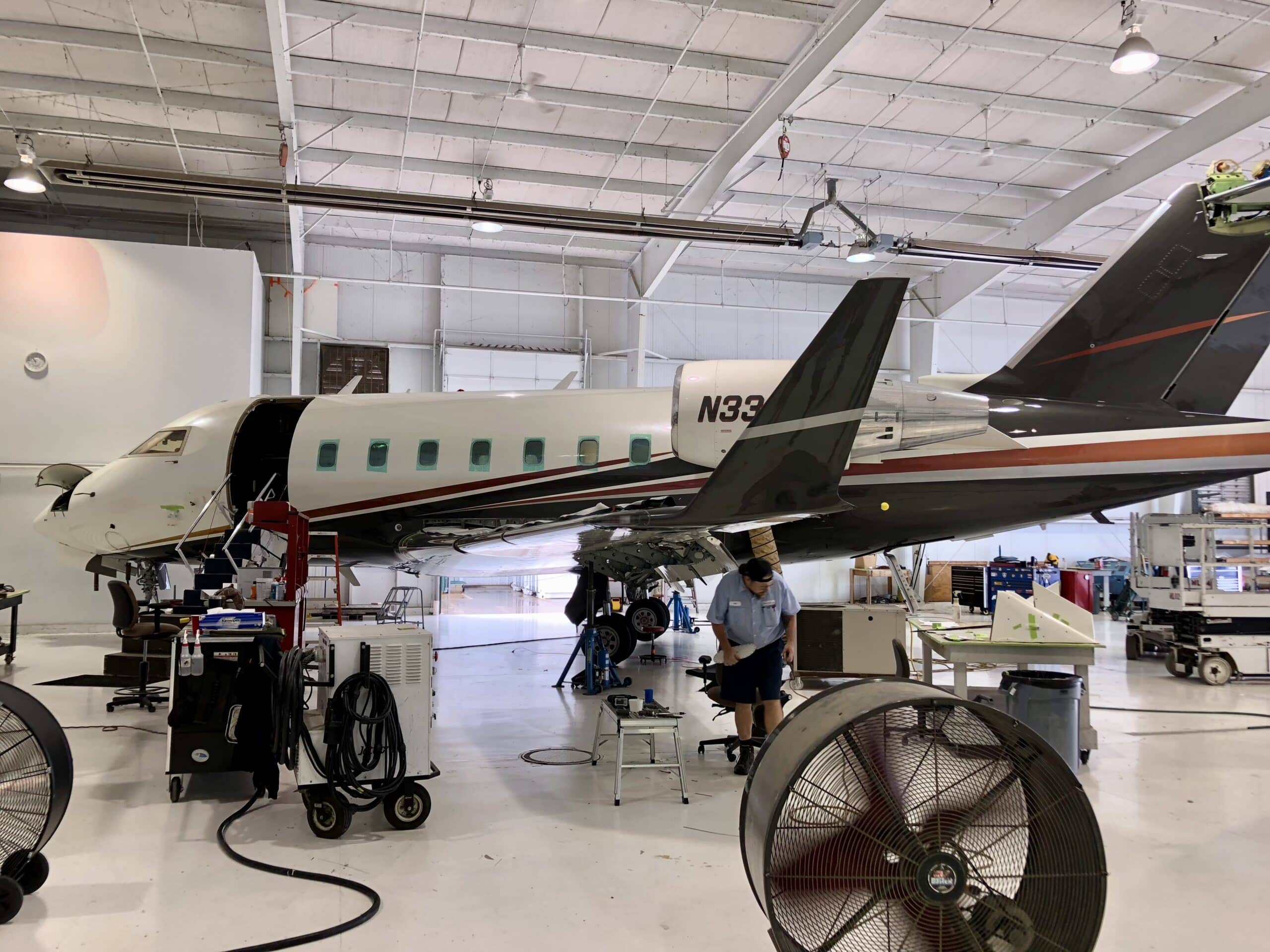A healthy but expected increase in newly certificated mechanics last year did not offset momentum lost during the pandemic, leaving the new-technician pipeline at least 20 percent below the levels needed to meet rising demand across civil aviation, the latest Aviation Technical Education Council (ATEC) Pipeline Report concludes.
The latest edition of the Pipeline Report, produced annually to chart U.S. airframe and powerplant (A&P) mechanic workforce trends, found that 6,929 individuals obtained their FAA mechanic certificate in 2021—a 33 percent increase from the previous year. While the jump was the biggest in recent history, the increase left the total number of new mechanics short of 2019 levels and did not make up for the previous year’s 30 percent drop in certifications.
Considering the significant decline, ATEC estimates that the pandemic cost industry 5,000 new mechanics.
The global aviation maintenance industry was facing a shortage of certified mechanics before the pandemic, and the U.S. market was no exception. The downturn’s ramifications mean meeting demand now will be even more challenging.
“The number of prospects in the mechanic pipeline needs to grow by at least 20 percent to meet industry’s needs,” said ATEC President and WSU Tech Aviation Program Dean James Hall. “National enrollment at A&P schools is only growing at about 2 percent per year, so we have a lot of work to do.”
The council has several initiatives focused on spreading awareness and funneling more students into A&P programs. “The ATEC community is committed to getting more future mechanics into that pipeline,” said Hall. “The vast majority of the council’s planned activities for the coming year are focused on increasing awareness and removing pathway bottlenecks.”
Much of that effort is being driven through Choose Aerospace, an ATEC-backed non-profit that is deploying aviation curriculum into high schools across the country. The initiative is focused on getting students on an earlier path to mechanic certification, while building pipelines directly into A&P programs.
Other trends noted in the report:
- Repair stations hired the most new mechanics, scooping up 31 percent of all aviation-employed A&P graduates, followed by regional airlines at 17 percent. Major passenger airlines came in third, but they are the fastest growing aviation employer segment for new mechanic entrants.
- Last year, major passenger and cargo airlines combined to hire 25% of all A&P gradates, up from 15 percent in 2020. If this keeps up, it will put more pressure on sources that traditionally feed skilled technicians to large carriers–notably repair stations and regional carriers—to fill open positions.
- AMTS continue to increase their market share of mechanic production—and by extension their importance in helping industry meet demand. Last year, 67 out of every 100 new mechanics went through A&P school. The other 14 came from military and 19 from civilian work experience.
- Females make up 2.63 percent of the population, a number that is trending up, but only slightly. One positive sign is that 9 percent of all new A&P graduates last year were female.
Download the 2022 Pipeline Report & Aviation Maintenance Technician School Directory at www.atec-amt.org/pipeline-report.
